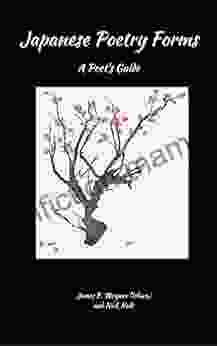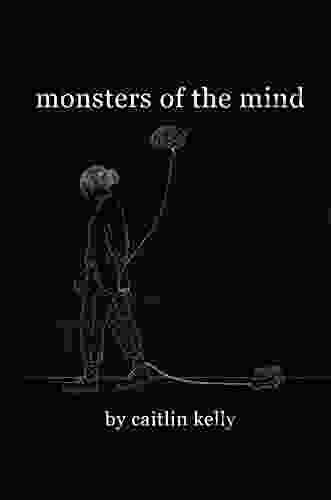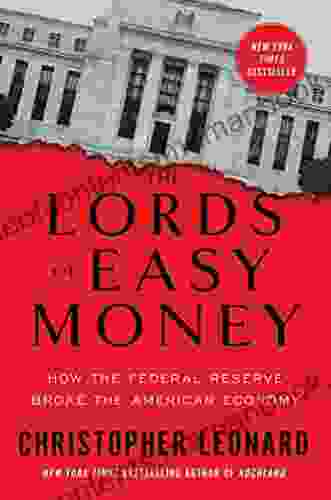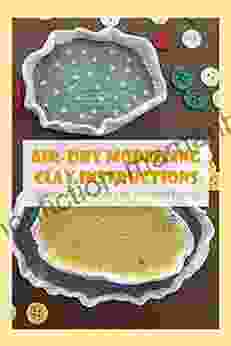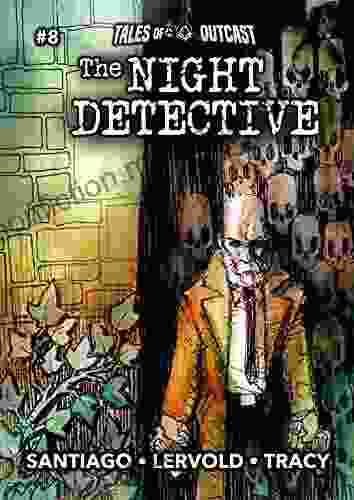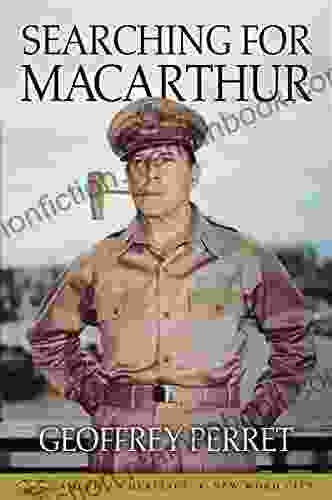A Comprehensive Guide to Japanese Poetry Forms

Japanese poetry has a rich and diverse history, spanning centuries and encompassing a wide range of forms. From the iconic haiku to the lesser-known sedoka, each form offers unique characteristics and techniques that contribute to the depth and beauty of Japanese verse. In this comprehensive guide, we will explore the most prominent Japanese poetry forms, delve into their characteristics, and provide examples to illustrate their usage.
Haiku is arguably the most famous and beloved Japanese poetry form, renowned for its brevity and evocative power. A classic haiku consists of three lines, with a syllable count of 5-7-5. Haiku often evoke a particular season (kigo),juxtapose two images (kireji),and convey a sense of impermanence (ma).
Example:
4.2 out of 5
| Language | : | English |
| File size | : | 801 KB |
| Text-to-Speech | : | Enabled |
| Screen Reader | : | Supported |
| Enhanced typesetting | : | Enabled |
| Print length | : | 57 pages |
| Lending | : | Enabled |
> On a withered branch> A crow has settled> Autumn evening
(Basho)
A tanka is a longer form of haiku, consisting of five lines with a syllable count of 5-7-5-7-7. While it shares some similarities with haiku, tanka tends to tell a more complete story or express a more complex emotion.
Example:
> In the misty rain> The cherry blossoms fall> Like tears from the sky> Falling on the ground below> A silent lament
(Unknown)
Waka is an umbrella term for a group of classical Japanese poetry forms, including tanka. Waka poems are typically written in a 5-7-5-7-7 syllable pattern, with a kigo and a kireji. Waka poems often express love, longing, and other emotions.
Example:
> My heart is a flower> That blooms in the spring rain> And withers in the fall> But my love for you> Is eternal
(Unknown)
Senryu is a form of haiku that satirizes or critiques everyday life. While haiku typically focus on nature, senryu focus on human foibles and social issues.
Example:
> A man with a frown> Complains about his life> Yet he does nothing
(Unknown)
Sedoka is a form of Japanese poetry that consists of six lines, with a syllable count of 5-7-5-5-7-7. Sedoka often tell a humorous or witty story.
Example:
> A foolish man> Fell into a well> He tried to climb out> But he only fell further> In the end, he was rescued> By a laughing child
(Unknown)
Haibun is a hybrid form of poetry that combines haiku with prose. The prose sections typically provide context or commentary on the haiku.
Example:
> As I walked through the forest,> I came across a fallen tree.> Its branches were broken,> And its leaves were scattered.> I felt a sense of sadness,> As I thought of the tree's once-glorious life.
(Unknown)
Renga is a collaborative form of poetry in which two or more poets take turns adding verses. The first verse is a hokku, which is a three-line haiku. The following verses are called waki, and they consist of two lines each. Renga can be hundreds or even thousands of verses long.
Example:
> Hokku:> > The first snow falls> On the sleeping village> A world of silence
> Waki:> > The children gather> To build a snowman
> Waki:> > Their laughter echoes> Through the snow-covered streets
(Unknown)
Kyoka is a form of Japanese poetry that is similar to senryu, but it is more playful and humorous. Kyoka often use puns and wordplay.
Example:
> A man with a big hat> Walks into a low room> His hat hits the ceiling> And he bumps his head> A foolish sight indeed
(Unknown)
The world of Japanese poetry is rich and diverse, with a wide range of forms and techniques. From the brevity of haiku to the collaborative nature of renga, each form offers unique possibilities for expression. By exploring these forms and understanding their characteristics, we can deepen our appreciation for the beauty and power of Japanese poetry.
4.2 out of 5
| Language | : | English |
| File size | : | 801 KB |
| Text-to-Speech | : | Enabled |
| Screen Reader | : | Supported |
| Enhanced typesetting | : | Enabled |
| Print length | : | 57 pages |
| Lending | : | Enabled |
Do you want to contribute by writing guest posts on this blog?
Please contact us and send us a resume of previous articles that you have written.
 Top Book
Top Book Novel
Novel Fiction
Fiction Nonfiction
Nonfiction Literature
Literature Paperback
Paperback Hardcover
Hardcover E-book
E-book Audiobook
Audiobook Bestseller
Bestseller Classic
Classic Mystery
Mystery Thriller
Thriller Romance
Romance Fantasy
Fantasy Science Fiction
Science Fiction Biography
Biography Memoir
Memoir Autobiography
Autobiography Poetry
Poetry Drama
Drama Historical Fiction
Historical Fiction Self-help
Self-help Young Adult
Young Adult Childrens Books
Childrens Books Graphic Novel
Graphic Novel Anthology
Anthology Series
Series Encyclopedia
Encyclopedia Reference
Reference Guidebook
Guidebook Textbook
Textbook Workbook
Workbook Journal
Journal Diary
Diary Manuscript
Manuscript Folio
Folio Pulp Fiction
Pulp Fiction Short Stories
Short Stories Fairy Tales
Fairy Tales Fables
Fables Mythology
Mythology Philosophy
Philosophy Religion
Religion Spirituality
Spirituality Essays
Essays Critique
Critique Commentary
Commentary Glossary
Glossary Bibliography
Bibliography Index
Index Table of Contents
Table of Contents Preface
Preface Introduction
Introduction Foreword
Foreword Afterword
Afterword Appendices
Appendices Annotations
Annotations Footnotes
Footnotes Epilogue
Epilogue Prologue
Prologue Jason Holt
Jason Holt Stephen Breyer
Stephen Breyer Vijay Mahajan
Vijay Mahajan Robert F Kennedy Jr
Robert F Kennedy Jr Michael Bailey
Michael Bailey Matthew Arnold
Matthew Arnold Diane De Camillis
Diane De Camillis Johannes Brahms
Johannes Brahms Cassandra Khaw
Cassandra Khaw Laurence M Ball
Laurence M Ball Jorge Cervantes
Jorge Cervantes Christina Hoag
Christina Hoag Kal Wagenheim
Kal Wagenheim John Spencer
John Spencer Kristin Kobes Du Mez
Kristin Kobes Du Mez Gail Damerow
Gail Damerow O Henry
O Henry Jamie Harrington
Jamie Harrington Kevin Loring
Kevin Loring James Swallow
James Swallow
Light bulbAdvertise smarter! Our strategic ad space ensures maximum exposure. Reserve your spot today!
 Raymond ParkerFollow ·11.7k
Raymond ParkerFollow ·11.7k Branson CarterFollow ·8.3k
Branson CarterFollow ·8.3k Israel BellFollow ·11k
Israel BellFollow ·11k Carl WalkerFollow ·19.7k
Carl WalkerFollow ·19.7k Henry JamesFollow ·13.8k
Henry JamesFollow ·13.8k Nikolai GogolFollow ·13k
Nikolai GogolFollow ·13k Ivan CoxFollow ·4.3k
Ivan CoxFollow ·4.3k Dwight BlairFollow ·19.8k
Dwight BlairFollow ·19.8k
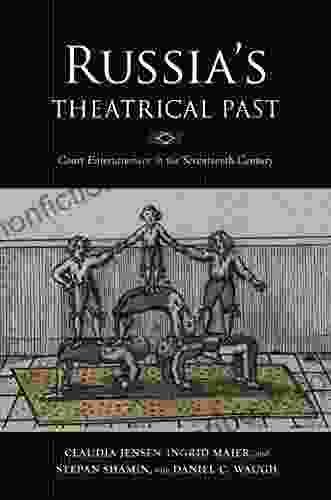
 Steve Carter
Steve CarterUnveiling the Rich Theatrical Tapestry of Russia: A...
Origins and Early...
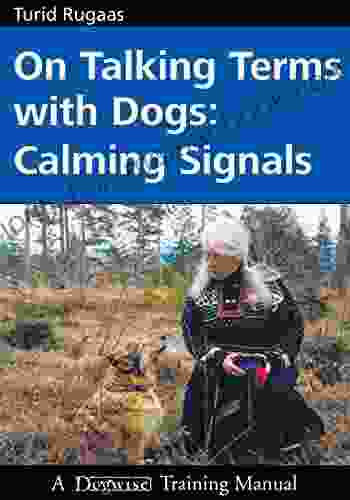
 Frank Butler
Frank ButlerOn Talking Terms With Dogs: Calming Signals and the...
For centuries, dogs have...

 Leo Tolstoy
Leo TolstoyThe Inside Guide to Applying and Succeeding in...
Applying to...
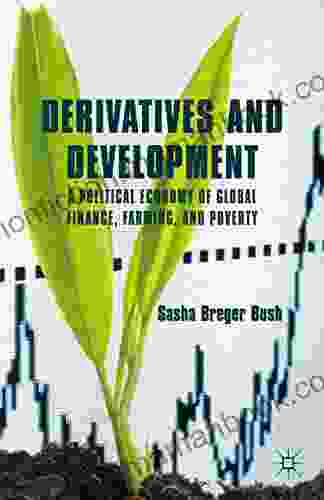
 Cole Powell
Cole PowellThe Political Economy of Global Finance, Farming and...
The global...
4.2 out of 5
| Language | : | English |
| File size | : | 801 KB |
| Text-to-Speech | : | Enabled |
| Screen Reader | : | Supported |
| Enhanced typesetting | : | Enabled |
| Print length | : | 57 pages |
| Lending | : | Enabled |


